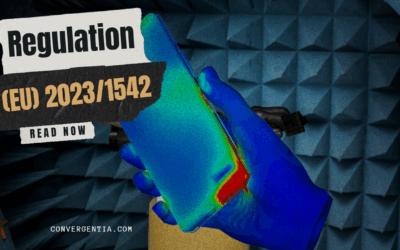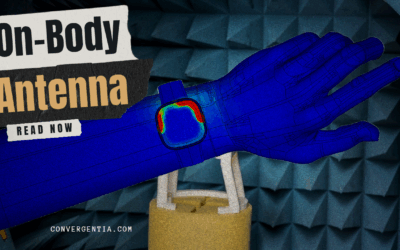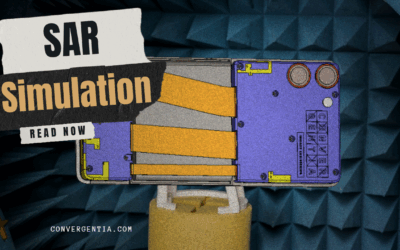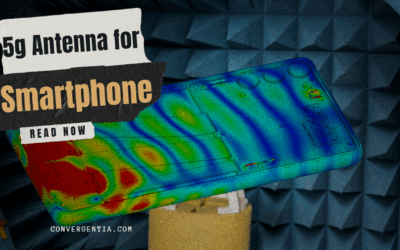Antenna Design for Defense Drones and Secure Communication Systems
Drones and secure communication are now essential in modern defence and security operations, offering real-time intelligence and precise target acquisition from a safe distance. Beyond the battlefield, police and emergency teams rely on drones for search and rescue, surveillance, and tactical support, extending their reach when every second counts.
In these applications, antennas aren’t a just an afterthought: they are mission-critical parts bridging forces and information. At Convergentia, our approach to antenna design for defence drones (fixed-wing or multirotor) and rugged comms devices is built on systems thinking, early integration and real-world simulation.
Defence environments push every component to the limit. Antennas on UAVs and handhelds must survive extreme weather, dust, shock and even electronic attacks. Drones flying beyond visual line-of-sight (BVLOS) often experience drops in signal during banking or climbing maneuvers. studies show that signal strength can drop even 20–30 dB in second. Similarly, mobile devices for field use must pack higher bandwidth and encryption into the small, rugged package: modern tactical radios demand higher frequencies and bandwidths while minimizing size, weight and power to preserve battery life. In short, mobility, connectivity, robustness and efficiency become must-have attributes from day one when it comes to product design for defence.
So how do we tackle this complexity? The answer starts at the very first concept discussion, not in a later revision.
Concepting & Early Design: Embedding Antennas from Day One
Too often, antennas, even off-the-shelf ones, get crammed into designs at the last minute, leading to “surprises” in testing. Our slogan ”Insight Engineering” means that right from the concepting phase we sit with R&D teams to understand every spec: frequency bands, form factor, environmental constraints and use-case details. By aligning on every requirement from the start, we avoid the common pitfall of late-stage fixes.
We collaborate across disciplines to translate every mission requirement into antenna criteria. RF aspects like frequency ranges, link budgets, and polarization needs are co-designed with mechanical, power, and layout constraints. Using CST Studio Suite, we build a unified 3D digital twin of the device and antenna. In this virtual lab, the antenna is not a separate sketch but a component within the actual CAD model of the UAV or handset.
For you, as a customer, this means fewer late-stage fixes. Our antenna design process ensures seamless integration and optimal performance by catching issues on screen before hardware or prototype even exists. Every decision is backed by data from UrPo (our in-house post-processing tool), so project timelines stay on track without compromising reliability. In other words, you can move faster with confidence.
Drone Antennas: Design Challenges
Modern defence UAVs fly through extreme weather, high vibrations, and hostile jamming environments, all while rapidly changing orientation. Designing drone antennas requires a holistic approach to mobility, weight and link stability.
As a drone banks or rolls, its body can occlude or misorient a single antenna. A tilted airframe might block a top-mounted antenna entirely, causing sudden signal loss. We address this by designing multiple antennas or MIMO arrays with smart switching. UAVs often require both 360° coverage for close-range control and high-gain directional antennas for long-range.
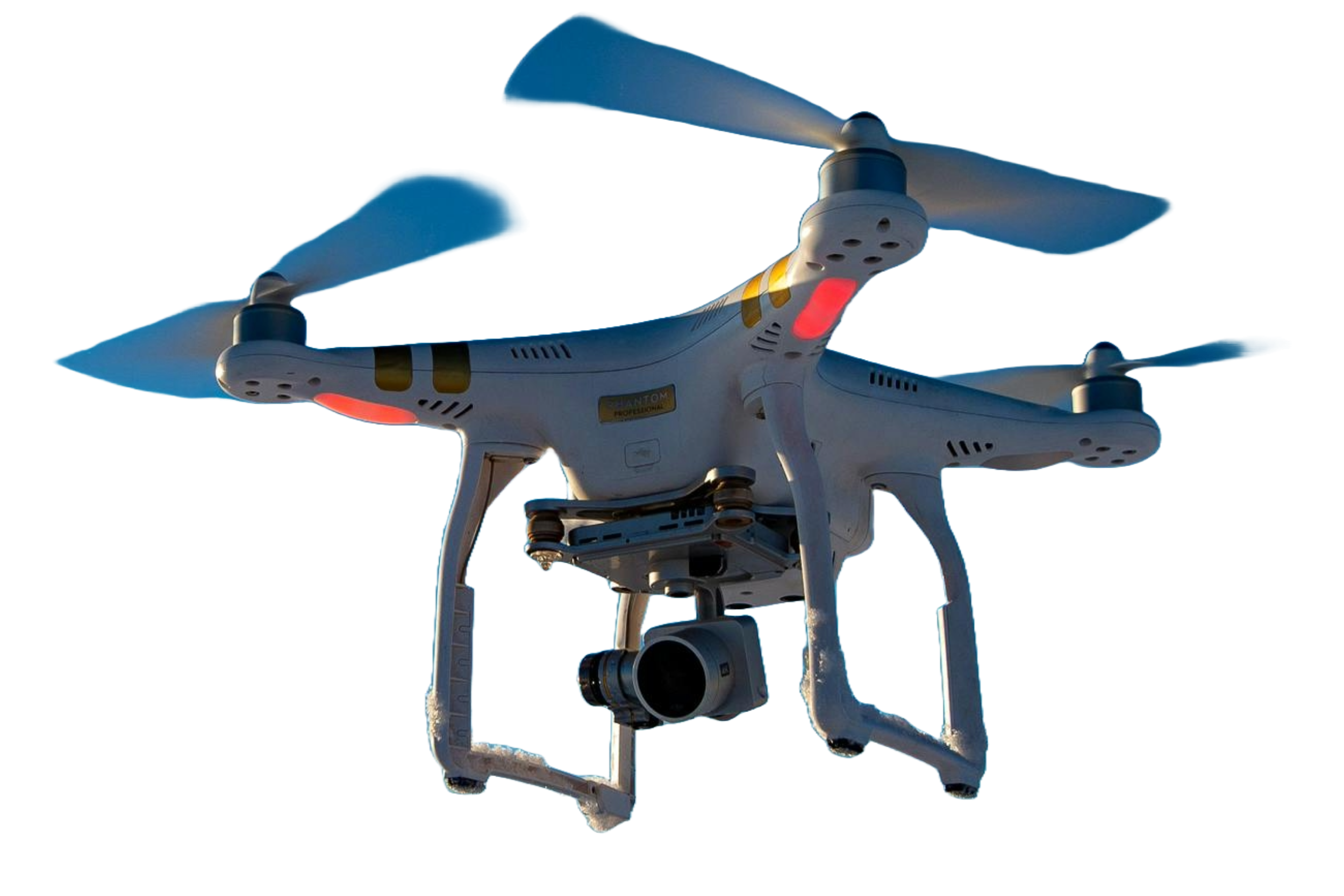
Omnidirectional elements provide uniform coverage but suffer from interference and limited range, while high-gain directional arrays extend range but can lose signal when the drone turns or banks.
Drone bodies are increasingly made of composites, carbon fiber, and metal-infused structures for strength and weight savings. These materials don’t always play nicely with RF performance. Internal electronics, battery packs, and payload modules further detune or shield antenna radiation patterns if not accounted for early.
Antennas need space to function well. But drone designs, especially smaller tactical UAVs, leave almost none. Between flight control modules, cameras, GPS, batteries and payloads, antenna engineers are often left negotiating millimeters.
Designing drone antennas isn’t about adding hardware, it’s about making sure the link never drops. Drones move fast, tilt constantly and carry tight, crowded payloads. Materials like carbon fiber and metal can block or distort signals. One antenna rarely covers every angle, so we build in redundancy and plan for movement from the start. That’s why we design antennas as part of the system, not as an afterthought.
Secure Comms: Antennas in Rugged Phones & Tablets
Designing antennas for secure mobile devices is fundamentally different from consumer smartphone design. These devices are built for mission-critical communication in unpredictable environments, where failure is not an option. Every antenna, whether for LTE, 5G, Wi-Fi or GNSS, must be integrated compromising security, efficiency or mechanical integrity.
The main challenge lies in space. Secure phones are typically more compact and more rugged, meaning less room for traditional antenna placement. And yet, they require more bands, often including niche or government-specific frequencies. This forces antenna designers to work with millimeter-level tolerances while maintaining isolation between bands and minimizing mutual coupling. Each antenna must be carefully tuned in the context of the final device, factoring in shielding, connectors, metal frames and the behavior of real-world users (gloved hands, pockets, or body-blocking).
Security also introduces complexity. Secure phones often
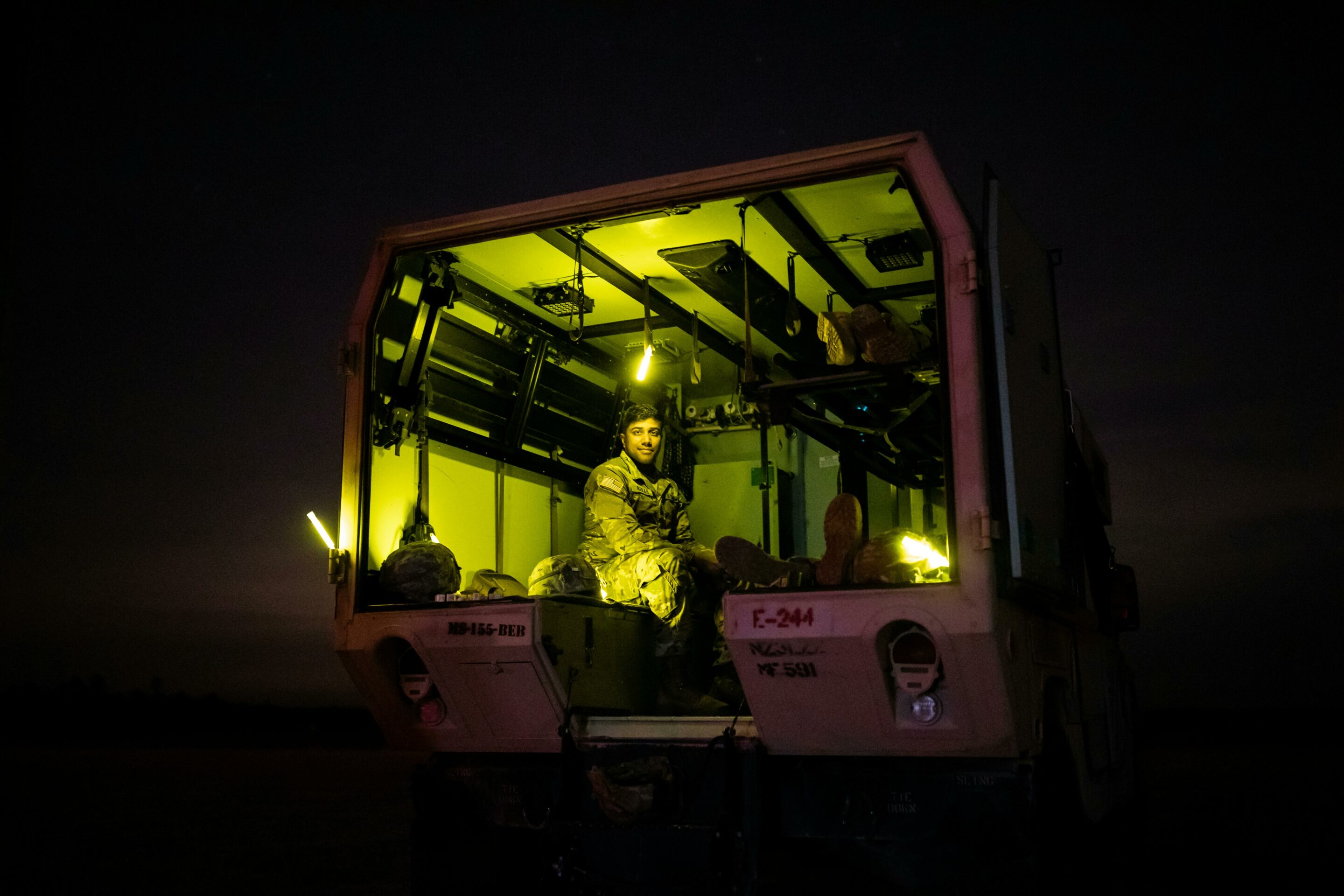
house multiple radios in physically protected layers to reduce electromagnetic leakage or interception. This changes the EM environment inside the device. To protect both privacy and performance, our engineers must simulate how antennas behave in the actual casing, under operational scenarios and near encrypted chipsets or shielded PCB zones.
In short, secure communication phones require antennas that do far more with far less, less space, less tolerance for error, less margin for performance loss. At Convergentia, we design these antennas from the start, as part of the system, not as add-ons. Because in the field, signal integrity means mission integrity.
Virtual Lab Accelerates time-to-market
Convergentia’s strength lies in combining advanced 3D simulation with rapid prototyping to streamline antenna development. Our Virtual Lab integrates the antenna within the full device model, allowing us to simulate real-world performance before building physical prototypes.
This lets R&D teams quickly visualize and tweak antenna designs, catching potential issues early and speeding up development from weeks to days. Our in-house tool, UrPo, turns complex simulation data into clear, actionable insights, ensuring every design decision is backed by solid evidence.
By identifying problems before fabrication, we cut costly iterations and reduce waste. Usually, only one or two prototypes are needed to confirm the final design, accelerating time to market without sacrificing quality.
Conclusion: Your Connectivity, Our Mission
In mission-critical defence projects, nothing can be left to chance. By combining antenna concepting with systems-level design and rigorous simulation, we turn connectivity challenges into a competitive edge.
To defence procurement officers and R&D innovators evaluating antennas: ask yourselves; how early is the antenna design embedded into your concept phase? How is performance validated under real-world conditions? And is your process truly backed by data? At Convergentia, we’ve been designing like this for years. Now, as proud members of the Digital Defence Ecosystem, we’re ready to provide our expertise for you.
Ready to ensure your drone or device has the connectivity edge? Let’s connect.

